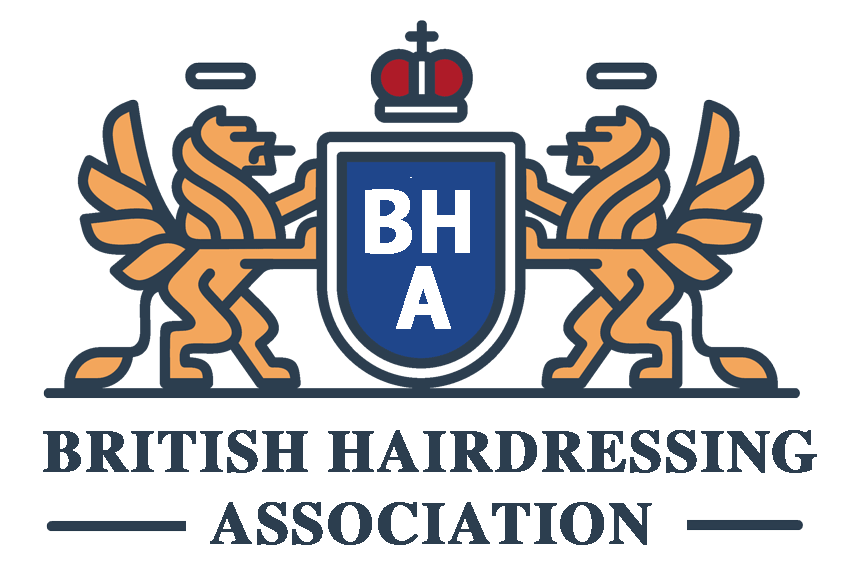Navigating Licensing Requirements for Hairdressers in UK Regions: A Comprehensive Guide
Understanding Licensing Requirements for Hairdressers in the UK
Becoming a professional hairdresser in the UK is a rewarding career choice that enables you to unleash your creativity while providing a valuable service. However, navigating the licensing requirements to practice hairdressing can be complicated, given the regional variations across the UK. This comprehensive guide will help you understand the specific requirements for hairdressers in different UK regions.
General Licensing Requirements
Before diving into regional specifics, let’s establish the general requirements applicable throughout the UK. These requirements often include:
- Completion of a recognized hairdressing course.
- Gaining practical experience through internships or apprenticeships.
- Passing relevant safety and hygiene exams.
Having these qualifications ensures that you meet the basic standards for hairdressing across the UK.
England
In England, the licensing requirements for hairdressers are relatively straightforward compared to other regions. Here’s what you need to know:
- Qualification: Obtain a Level 2 or Level 3 NVQ/SVQ in Hairdressing.
- Register with Local Council: While not mandatory everywhere, some local councils require hairdressers to register their business.
- Public Liability Insurance: This is highly recommended to protect against potential legal claims.
Scotland
Scotland has a more structured set of requirements for hairdressers:
- Scottish Vocational Qualifications (SVQs): A Level 2 or Level 3 SVQ in Hairdressing is typically required.
- Health and Safety Training: Completion of courses related to health, safety, and hygiene standards.
- Registration: Unlike England, registering with the local council is more strictly enforced.
Wales
Wales has its own criteria for hairdressing professionals:
- Welsh Vocational Qualifications (WaleVQs): A Level 2 or Level 3 qualification in Hairdressing is compulsory.
- Local Council Registration: Similar to Scotland, registration with the local council is usually required.
- Continuous Professional Development (CPD): Participation in ongoing training to stay updated with industry standards.
Northern Ireland
The licensing rules in Northern Ireland also come with their own set of requirements:
- National Vocational Qualifications (NVQs): Qualify with a Level 2 or Level 3 NVQ in Hairdressing.
- Apprenticeships: Completion of a formal apprenticeship program is often encouraged.
- Hygiene and Safety Regulations: Adherence to stringent local hygiene and safety regulations.
Additional Tips for a Successful Hairdressing Career
Navigating licensing requirements is only the beginning. Here are some additional tips to ensure a thriving hairdressing career:
- Stay Updated: The beauty industry evolves constantly. Attend workshops, trade shows, and courses to keep your skills current.
- Network: Build a strong professional network to gain insights and opportunities within the industry.
- Marketing: Effective marketing strategies can help you build a strong client base and establish your reputation.
Conclusion
Understanding the licensing requirements for hairdressers across various UK regions ensures that you meet all the legal and professional standards necessary to practice successfully. Whether you’re in England, Scotland, Wales, or Northern Ireland, adhering to these guidelines will set you on the right path toward a flourishing hairdressing career.


